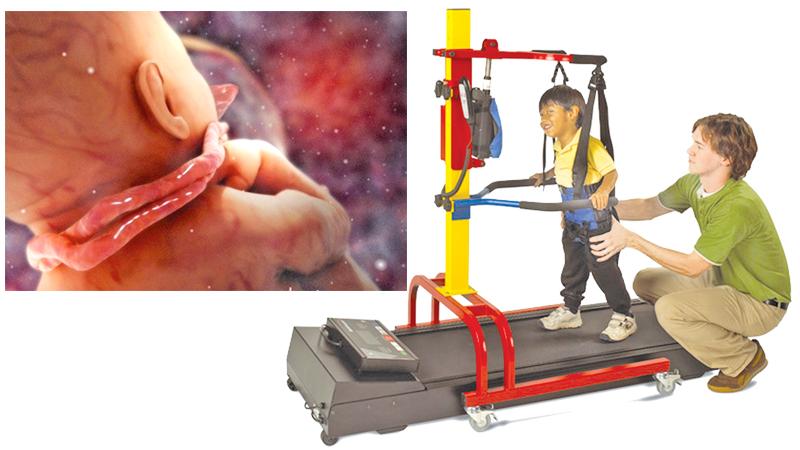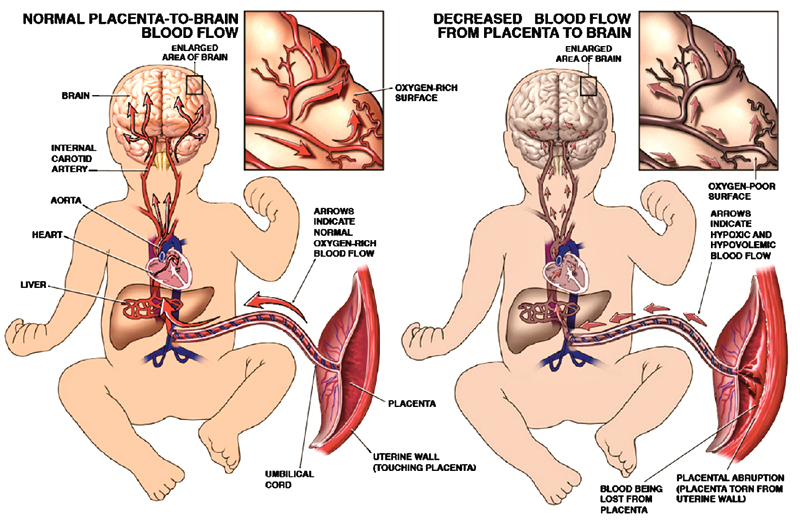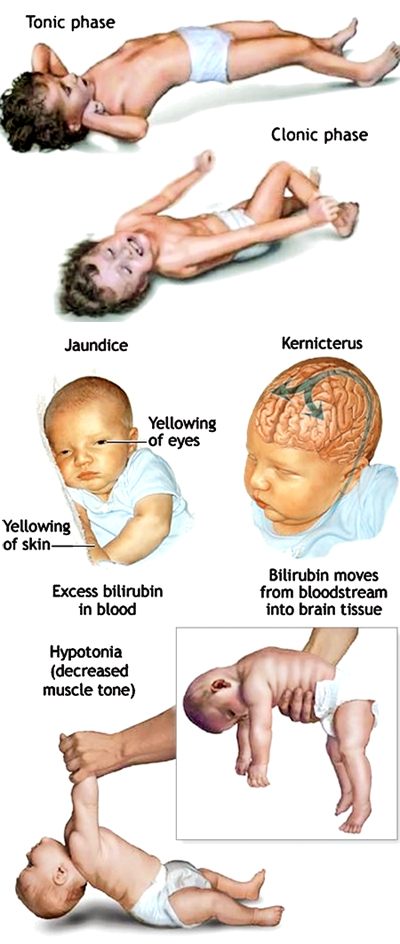
Q. Both, the President and Prime Minister last week emphasized the importance of ensuring that all children irrespective of religion, race or physical and mental abilities should have free access to education, health and recreation, and grow up in child friendly environments. Do you agree?
A. .Of course. At the same time, achieving those goals is not easy, especially, in the case of children with cerebral palsy who are already deprived of many of their rights due to their being confined to a chair.

Q. Do you think there is sufficient awareness about this particular disease?
A. Not enough. Most people don’t know how or why it is caused and who are most vulnerable to it. This is our main obstacle in empowering these kids. This is why I launched the Cerebral Palsy Lanka Foundation (CPLF) in 2011. Since then we have spearheaded several initiatives like Sri Lanka’s first ever National CP Awareness Week, Mobile CP Information Services (via Mobitel – 2223), World First Mobile CP App, Around the Pearl (a wheelchair fundraising initiative in partner with Wheels for Wheels Foundation), 1,000 Wheelchair Project, Dental & Vision Screening programs and several media programs. These initiatives not only increased the awareness about CP among the public but also created opportunities to change the housebound situation of these children and motivated these families to help their kids to be part of society. The families of these children have started to bring their kids into the community and the public are getting more aware of this condition.
 Q. What is the estimated number of children with cerebral palsy in Sri Lanka at present?.
Q. What is the estimated number of children with cerebral palsy in Sri Lanka at present?.
A. We have been mentioning that the estimated number of CP cases is 40,000 in Sri Lanka. But, if we go by the ratio of 4:1,000 i.e 4 cases among 1,000, the numbers will be more than 80,000 (for 22 million population). Still, this is only an estimate, we are working on a national survey and a Sri Lankan CP Register and will launch this project soon. We already have more than 2,000 registered in our database.
Q. Age-wise and gender wise, who are most at risk of developing this condition?
A. CP is very common among boys and the high risk babies can be identified as early as 5 months.
Q. Can you explain what CP is and how it is caused?
A. First of all, it’s not a disease, it is a disorder resulting due to the damage in the developing brain.
Cerebral Palsy is a non-progressive (the brain damage doesn’t get worse) neurological disorder due to the damage in the motor control area (the area in the brain that controls the movements and posture) of the developing brain. CP can be due to many reasons and that can happen before, during or after birth. Before birth - Infections from the mother, damage to the placenta, bleeding, smoking/drinking – mother, mother’s height (less than 5 feet), weight (underweight or excess), mother’s medical conditions, previous miscarriages, multiple births (twins/triplets), abnormal brain formation, lack of oxygen or blood supply to the brain, during birth - umbilical cord coiling, breech/vacuum/suction/forceps delivery, other complications during delivery, after birth - infections, damage to the brain (fall/accidents/injuries), tumor/cyst, stroke are the risk factors for developing CP.
Q. Symptoms to look for?
A. Signs and symptoms can vary greatly. Movement and coordination problems associated with cerebral palsy may include:
Variations in muscle tone, such as being either too stiff or too floppy
Lack of muscle coordination (ataxia)
Tremors or involuntary movements
Delays in reaching motor skills milestones, such as, holding the head, pushing up on arms, sitting up or crawling
Favoring one side of the body, such as, reaching with only one hand or dragging a leg while crawling
Difficulty walking, such as walking on toes, a crouched gait, a scissors-like gait with knees crossing or a wide gait
Excessive drooling or problems with swallowing
Difficulty with sucking or eating
Delays in speech development or difficulty speaking
Q. Is it treatable?
A. CP is not curable, but we can manage its symptoms and effects. Early identification and ongoing medical intervention are the best ways to prevent or correct associated problems, anticipate future needs, and maximize patients’ abilities throughout their lives.
Because, every child with Cerebral Palsy brings a unique combination of strengths and weaknesses, at our centres, we tailor our services to address individual needs and challenges. Specialists in a broad array of medical fields form multidisciplinary teams to conduct thorough patient evaluations. They work closely with children and their families to develop comprehensive treatment plans. The effects of cerebral palsy require lifelong attention. As the children pass adolescence, we address the need for independence and discuss the transition to adult focused services.
Q. As the Founder and Chairman of the first and only organization for Cerebral Palsy in Sri Lanka, I understand you have devised different innovative methods to help children with CP. Tell us about them.
A. Our foundation’s main vision is to provide educational and therapeutic services to these children in Sri Lanka. We work on a unique concept to provide all the necessary services under one roof. Our vision is to start at least one such centre in each district of Sri Lanka.
On October 5 2016 (World Cerebral Palsy Day), CPLF in partnership with MJF Charitable Foundation launched the National Centre for Children with Cerebral Palsy and other Developmental Disorders (NCCCPDD) in Kalapaluwawa, Rajagiriya. This centre serves as a national hub in giving education, therapy and training, not only for those living with CP and other developmental disorders but also for their caregivers and for teachers and other professionals who work with such special needs individuals. We offer special education using the local curriculum and Individualized Education plans (IEP) for the children registered with the centre. We also provided specialized therapy and rehabilitation services like Bobath therapy, Aquatic therapy (wheelchair accessible pool), Sensory Integration therapy, Dysphagia (difficulty in swallowing) management etc. These services are provided free of charge to the children who are registered and attending the centre on a regular basis.
Q. Who makes up your main team of specialists to help CP kids get a life of their own?
A. A multidisciplinary team of health care providers. They develop an individualized cerebral palsy treatment plan based on the patient’s needs and problems. It is imperative to involve patients, families, teachers, and caregivers in all phases of planning, decision making, and treatment..
Q. What role does the physiotherapist play in rehabilitating the child?
A. It is important for Physiotherapy to begin soon after diagnosis is made. Daily range of motion exercises help prevent muscles from growing weak and atrophied or rigidly fixed from contracture. Normally, muscles and tendons stretch and grow at the same rate as bones. Spasticity can prevent stretching, and muscle growth may not keep up with bone growth. The muscles can become fixed in stiff, abnormal positions. Physiotherapy, often in combination with special braces, helps prevent contracture by stretching spastic muscles. It also can improve a child’s motor development.
To prepare a child for school, the focus of therapy gradually shifts toward activities associated with daily living and communication. Exercises are designed to improve the child’s ability to sit, move independently, and perform tasks such as dressing, writing, and daily activities. Orthotics can help control limb position, and walkers can help some patients walk. Mastering such skills reduces demands on caregivers and helps the child obtain some degree of self-reliance, which helps build self-esteem.
Q. What can parents do to help their children look after themselves at home?
A. I am also a parent of a child with CP. Learn about CP. The more you know, the more you can help yourself and your child. The resources and organizations listed at the end of this publication have a lot of information on CP to offer. Treat your son or daughter as you would a child without disabilities. Take your child places, read together, have fun.
Q. Your Foundation was also responsible for introducing the Inclusive Park in Sri Lanka, enabling children with CP and other physical disabilities to enjoy using facilities such as, swings in parks which normal children now enjoy.
A. Yes, CPLF with the support of World Health Organization (WHO) in Sri Lanka, launched the first Inclusive Park at the Viharamahadevi Park in Colombo. We have designed and installed a wheelchair swing at the Park as well as the Lady Ridgeway Children’s hospital. Now, we have installed the first wheelchair merry go round at our National Centre in Rajagiriya.
Q. Your message to parents of children with CP?
A. We are working on a National Register for CP in Sri Lanka and would request the parents to register with us to help us extend our services to their children. They can register with us on our website www.cplanka.org / www.cplanka.lk or by calling us on 0714342247/0777592382.
Q. What does this mean for children with cerebral palsy and their families?
A. The 1,000 Wheelchairs Project has already far exceeded expectations and initial goals of the organizers. For the recipients, life has changed immeasurably for the better. Being on the receiving end of one of these specialized wheelchairs gives the otherwise housebound child a chance to truly be part of their community. They can now go to school. Parents can now take them to the therapies they need, more easily. They can enjoy public places like parks, feel included in society and enjoy their lives more fully.
Wheelchairs for children with CP
For children living with cerebral palsy in Sri Lanka, life can be monotonous, lonely and unfulfilled. But, there‘s good news for them .
Founder/Chairman of the Cerebral Palsy Lanka Foundation (CPLF) Dr Gopi Kitnasamy, is a key figure behind the 1,000 Wheelchairs Project. Explaining his latest project and how it works, he told the Sunday Observer, “. This project is aimed at filling that gap.. The 1,000 Wheelchairs Project began in 2015 with a group of 12 Sri Lankan businessmen taking up the challenge to raise the necessary funds. The brave and committed men set off on a 1,427-kilometre bike ride through some of the country’s most difficult landscape.
Since its inception, the 1,000 Wheelchairs Project has distributed close to 1,800 wheelchairs. At a district camp organized especially, for these children and their families, the wheelchairs are distributed with a training on their correct use.
The specialized wheelchairs – with seat widths of 30 and 35 centimetres – are not regularly available in Sri Lanka and as such are imported from China. Their specifications are designed to ensure that the children are positioned comfortably, safely and properly to avoid pressure sores and muscle pain, and to maximize the potential benefits of such an aid. The wheelchair seat and backrest are cushioned. It comes with shoulder and chest harnesses, waist belts, leg separators, calf cushions and belts, hand brakes, and are easily folded for transportation.
